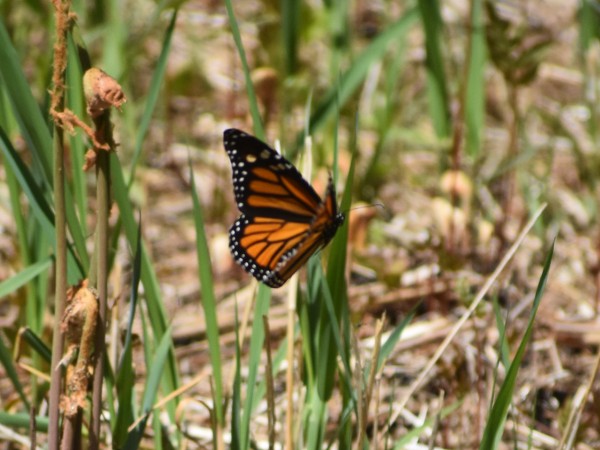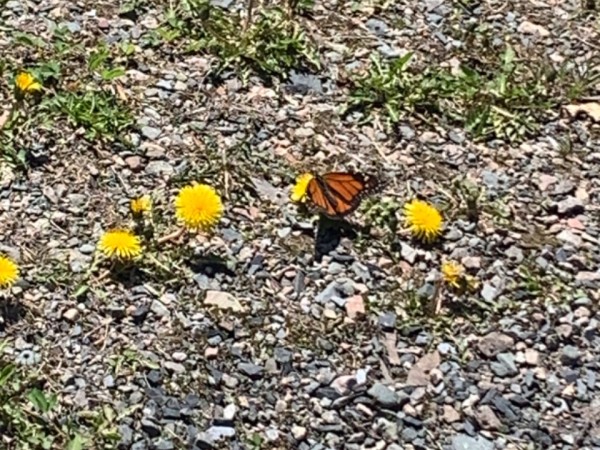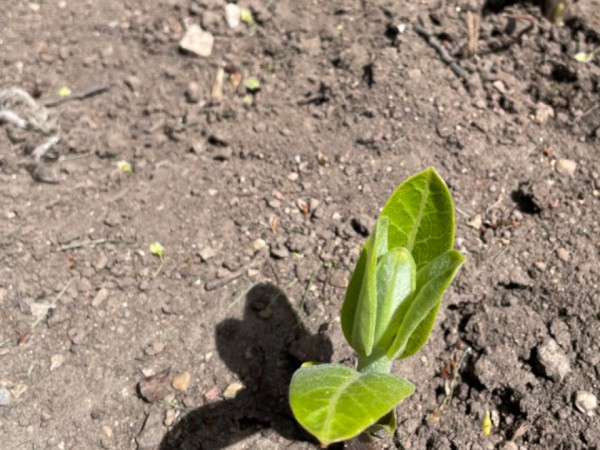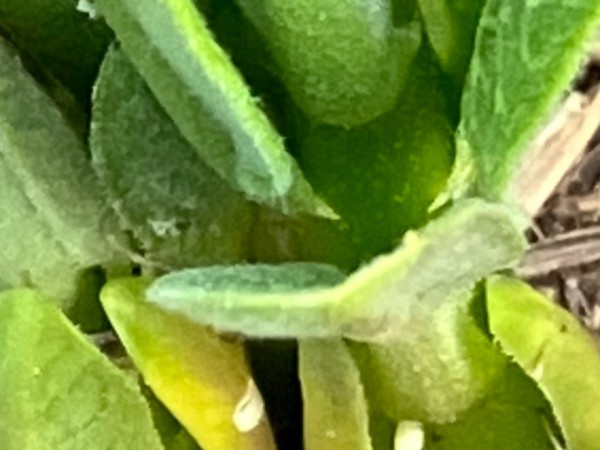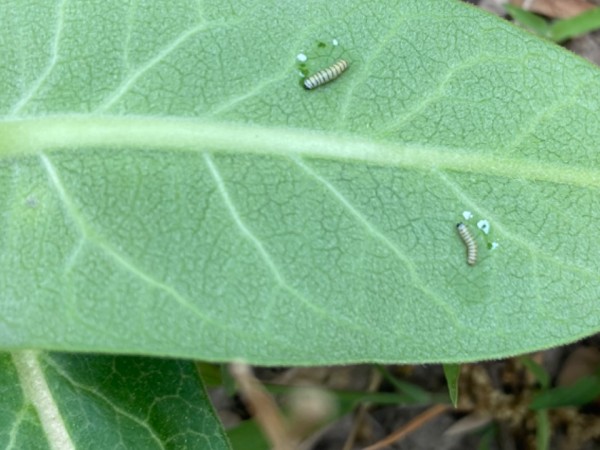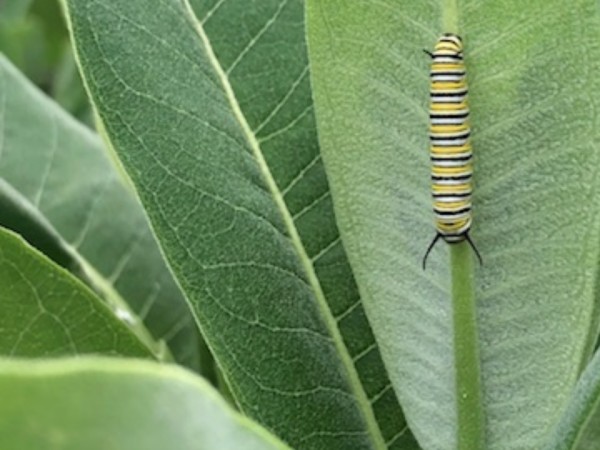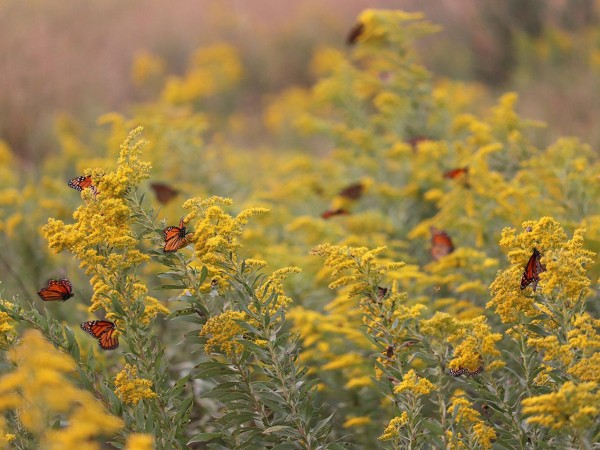Eastern Monarch Spring 2023 Report #5
Published: 05/10/2023
Migrating Monarchs
The leading edge of monarch migration from the Midwest to the Mid-Atlantic still is hovering around latitude 40-42°N, though a few early observations have been recorded around 44-45°N. Along the East Coast, monarchs are making slow progress northward, with a few reports coming in as far north as Massachusetts:
Isobelle in Millis, MA: "Seen at Cedariver reserve" (05/06/2023)
Larry in Dennis, MA: "Here on Cape Cod a Lone Monarch butterfly attracted and fed on Vibrunim Carlesii Hemsl…. I am wondering where why and how I got to share my afternoon with such a companion. They normally arrive here late July early August. . ." (05/07/2023)
Tim in North Attleborough, MA: "No photo and so surprised to see an adult Monarch a month early. Today is May 9th and last year my first siting was on June 10th! I'll be prepare next time with a photo. I did check and there was also a siting in Millis MA at a reserve a couple days ago. Not far from me. Glad to see them arrive! They have been missed during the long winter months." (05/09/2023)
Another early observation came in even further north in New Brunswick:
Cindy in Chance Harbour, NB: ". . . Sunny & warm short sleeve weather. Weather app says high of 13°C." (05/07/2023)
Reports from previous years show a pattern with a typical surge occurring during the second half of May. With more first spring generation monarchs soon to be on the wing, keep cameras at the ready to capture this potential migration surge. Keep an eye on the wind and temperature map as well.
Milkweed, Eggs, and Larvae
With migration moving north quickly, is milkweed growth keeping pace? The good news is that based on reports from Journey North observers, milkweed emergence is well ahead of migration. But will the plants grow fast enough to be ready for a surge of arriving monarchs?
Susan in Green Bay, WI: "Couple days of sunshine and temperatures nearing 70 degrees and milkweed on south side of house is beginning to pop! About 12 plants so far." (05/10/2023)
Monarch eggs are not far behind the leading edge of migration. Some Journey North volunteers are noting how early it is to find eggs.
Mia in High Bridge, NJ: "A female Eastern Monarch chose many stems to lay her eggs on. The Common Milkweed in this patch returned to an area previously cleared of various invasive plant species, and seeded with native plants. In comparison to the milkweed in other areas at this restoration site, the plants are highly visible and not hidden among tall invasive cool season grasses." (05/08/2023)
Monarch larvae remain slightly farther south than monarch adults and eggs.
Steven in Waynesville, MO: "It took about 12 days for eggs to start hatching, been cool in mornings in early April, about 45 degrees but gets up to about 70" (05/07/2023)
Shaun in Nashville, TN: "So happy to see this healthy little one!" (05/08/2023)

